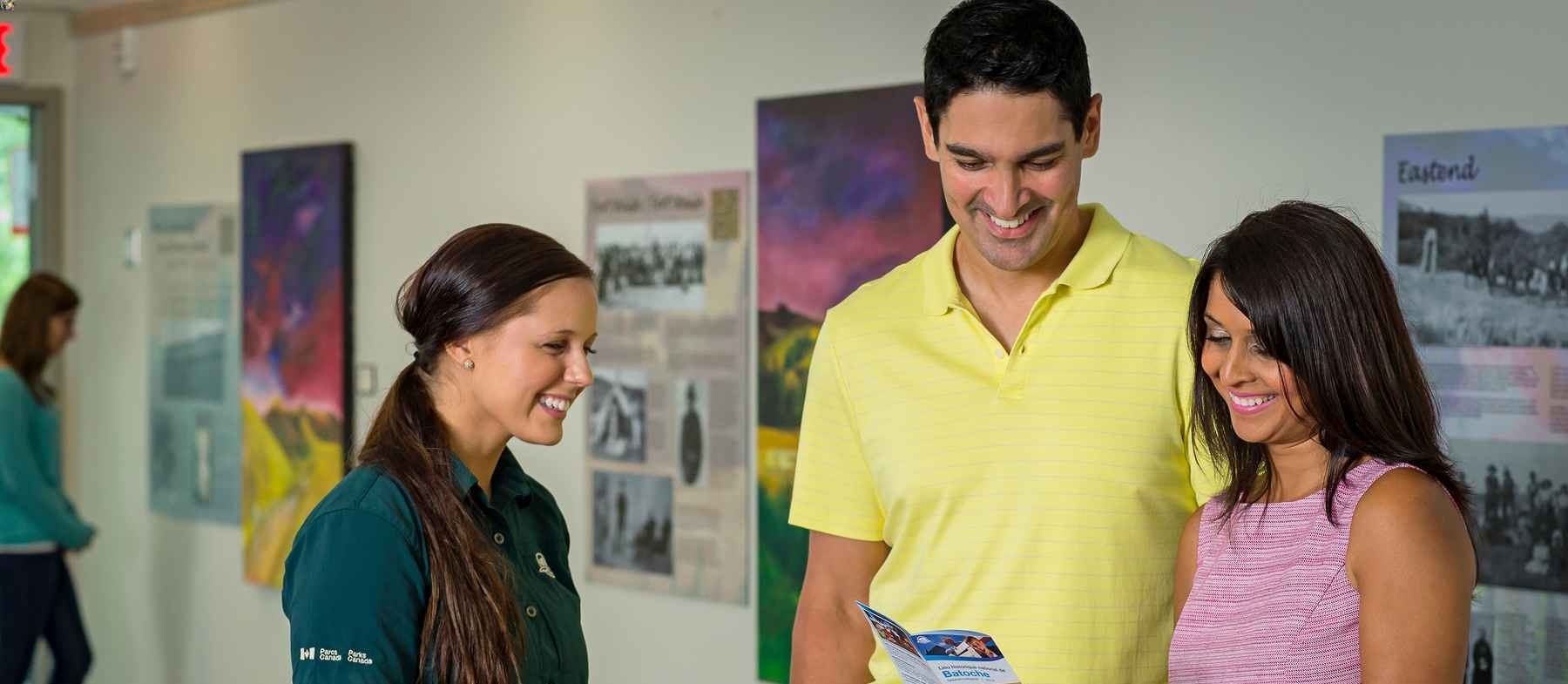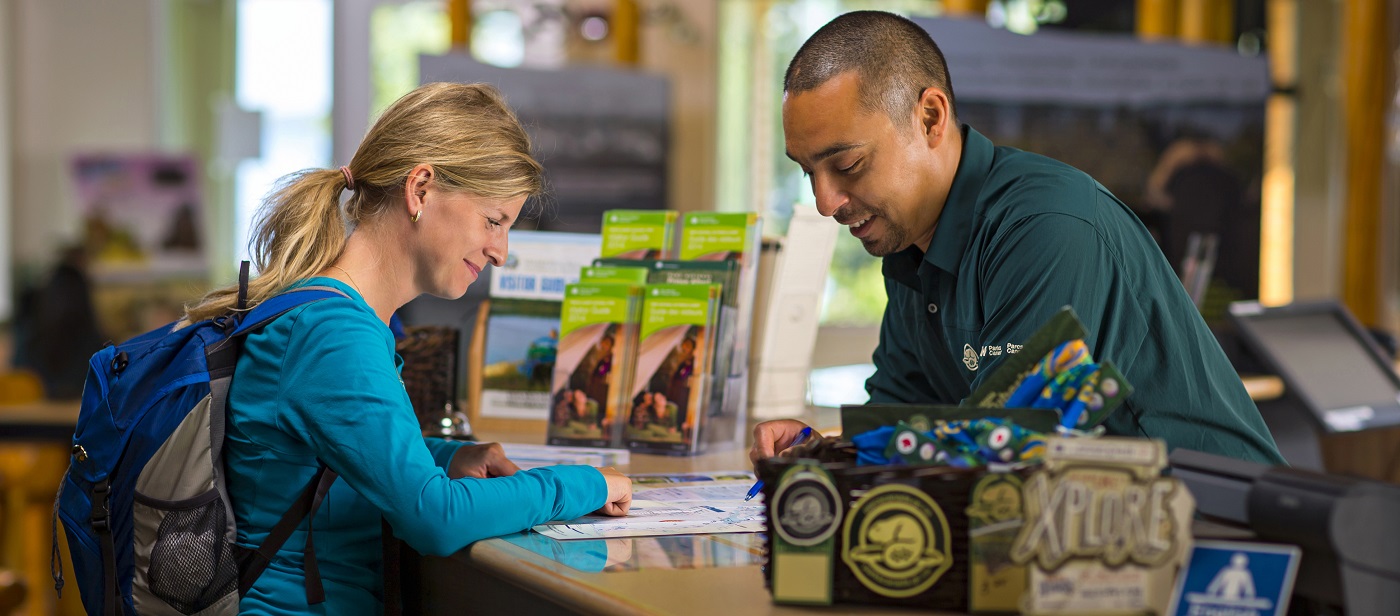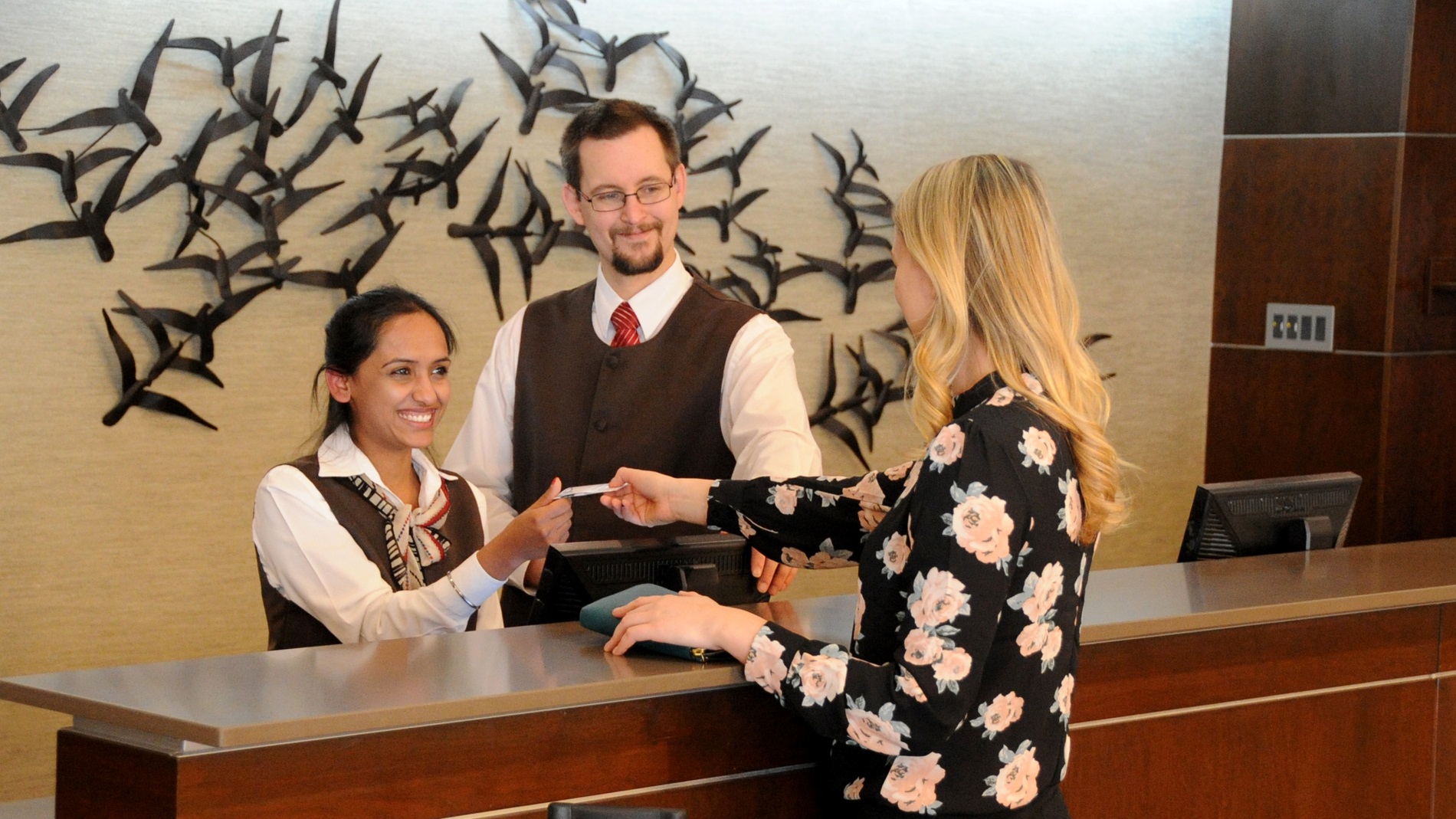WTTC guidelines for inclusive travel
World Travel & Tourism Council guidelines for inclusive and accessible travel
Thursday, October 27 2022
In May 2021, the World Travel & Tourism Council (WTTC) released guidelines for making tourism experiences more inclusive and accessible. The guidelines focus on elevating experiences for travellers with disabilities. They are a resource to aid recovery of the tourism sector and create more welcoming, inclusive tourism businesses and destinations.
The WTTC asserts that “providing accessible travel is both a social imperative and a business opportunity,” citing studies that underscore how accommodating diverse needs improves the bottom line.
Two interesting points are highlighted in the document’s introduction:
- Travellers with disabilities are accompanied by an average of 1.9 people. By welcoming and serving the needs of that one customer with a disability, a business averages nearly three customers.
- Travellers with disabilities may increase their budget, either through more frequent or longer trips, by as much as 34 per cent if accessibility barriers are eliminated.
The guidelines apply to tourism businesses of all sizes and can be scaled and adapted to suit individual demands. Use them as a checklist to gauge progress on business practices or set goals for improvement.
The following are just a few of the WTTC’s recommendations:
- Develop a long-term accessibility vision and short-term targets, including metrics to monitor progress.
-
Offer travel products, services and facilities without accessibility barriers for those with physical, cognitive, intellectual or sensory needs. Adhere to international accessibility standards for the built environment and for information and communications technology, where possible.
-
Avoid making assumptions about a traveller’s disability or needs. Build for accessibility as much as possible and let travellers determine what works for them or meets their needs. Provide opportunities for feedback.
-
Provide clear, detailed and accurate information for travellers and share the information in a consistent manner.
-
Collaborate with other businesses in areas where there are gaps in accessibility knowledge, experience and services. Partner with organizations that have like-minded approaches to accessible travel.
-
Develop online services that follow digital accessibility standards so that travellers with disabilities can browse services, make a booking, modify a booking and/or contact your business seamlessly.
-
Provide training to staff on disability awareness and how to support travellers. Enhance the training with guidance, resources and ongoing support.
-
Foster a respectful environment at all locations and for all activities. Remind staff that attitudes towards people with disabilities play an integral role in making that customer feel welcome and included. Train staff to resolve quickly and efficiently any potential issues at any point in the traveller journey.
-
Provide clear signage that addresses various physical, cognitive, intellectual and sensory abilities. Include text, braille, photos and audio, where possible.
-
Make accessibility decisions using feedback and information obtained from travellers with disabilities. • Consider flexibility in itineraries for travellers with disabilities. If itineraries cannot be changed, notify customers prior to booking and suggest other options, if available.
-
Champion accessibility within the tourism sector.
- Develop inclusive marketing, media and communication standards to dignify and authentically represent people.
View the WTTC Inclusive & Accessible Travel Guidelines in full at wttc.org.
This article was adapted from the November 2021 issue of Going Places.



















